Mugur Vărzariu, Rumänien
Rumänien: Zielscheibe Roma
Das Schlimmste, was man sich und der Welt antun könne, sei die Gleichgültigkeit gegenüber offensichtlichem Unrecht, so Mugur Vărzariu. Mit dieser Einstellung dokumentiert der rumänische Fotograf mit viel Engagement und Empathie die traurigen Lebensumstände seiner Landsleute: der Roma. Seine Bilder stammen aus Baia Mare, einer Stadt im Nordwesten Rumäniens und sie stehen stellvertretend für viele Regionen des Landes.
In den mühsamen Zeiten der freien Marktwirtschaft nach dem Zusammenbruch des kommunistischen Systems sucht das Land Sündenböcke für Enttäuschungen. Die unangepasst lebende Gruppe der Roma bietet sich für hasserfüllte Ablehnung und Ausgrenzung an. Schwere Übergriffe auf Menschen und Besitz waren und sind an der Tagesordnung. Ihre Hütten werden demoliert, Zwangsumsiedlungen sind nichts Ungewöhnliches, oft in Siedlungen ohne Wasser und Strom, oft neben Müllhalden oder Kläranlagen. Das Leben der Roma ist nach wie vor gezeichnet von ständiger Angst und Unsicherheit.
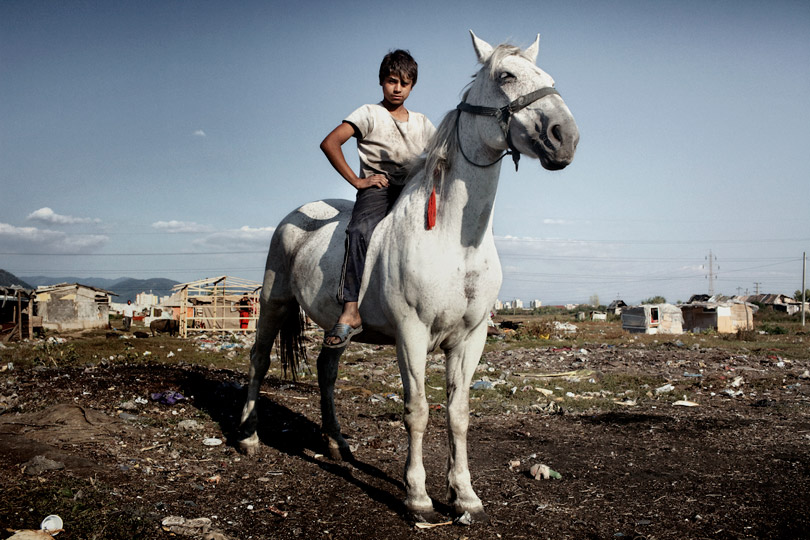 Bild 1 von 10 © Mugur Varzariu/Freier Fotograf
Bild 1 von 10 © Mugur Varzariu/Freier Fotograf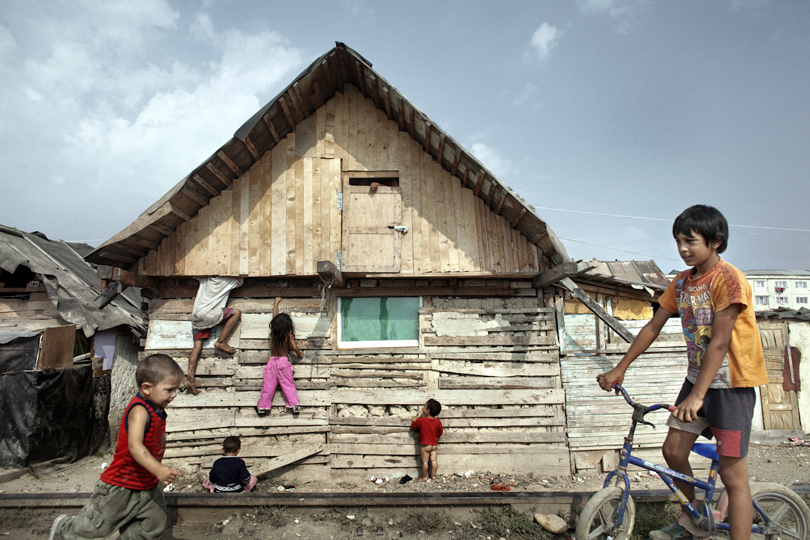 Bild 2 von 10 © Mugur Varzariu/Freier Fotograf
Bild 2 von 10 © Mugur Varzariu/Freier Fotograf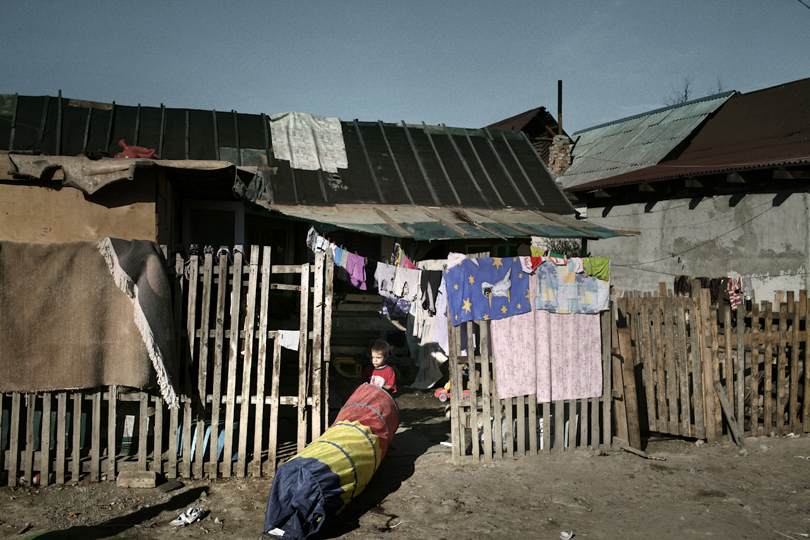 Bild 3 von 10 © Mugur Varzariu/Freier Fotograf
Bild 3 von 10 © Mugur Varzariu/Freier Fotograf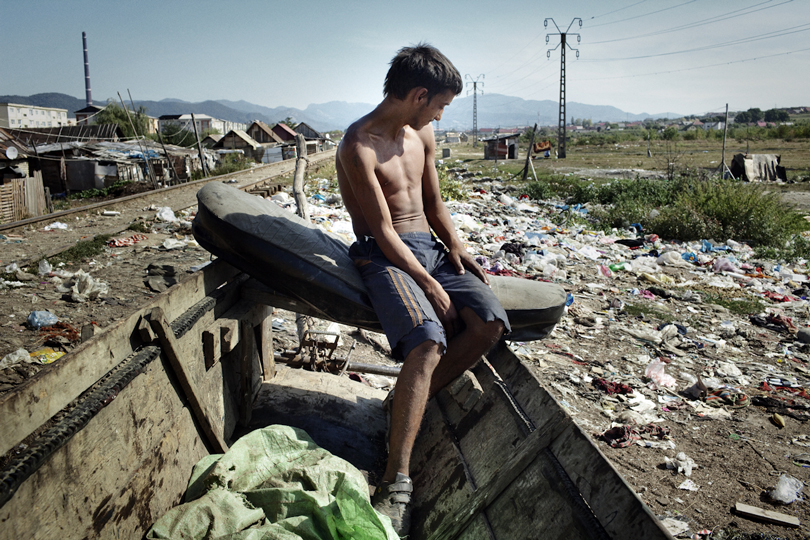 Bild 4 von 10 © Mugur Varzariu/Freier Fotograf
Bild 4 von 10 © Mugur Varzariu/Freier Fotograf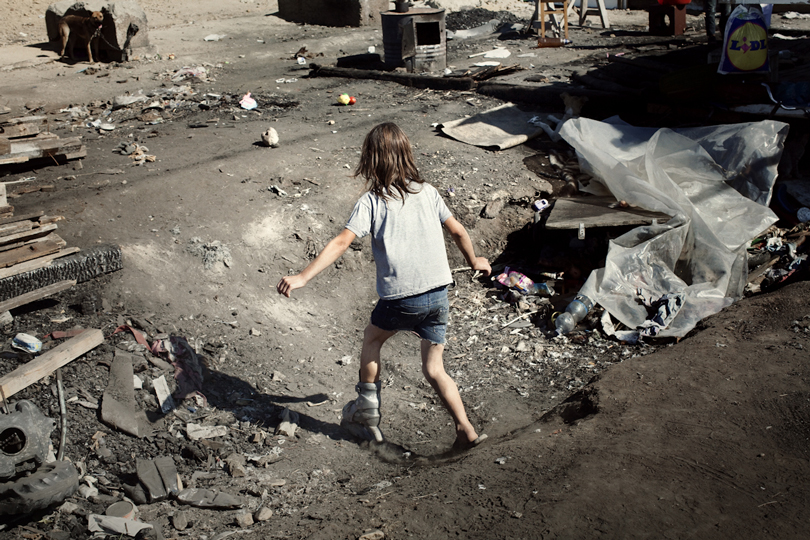 Bild 5 von 10 © Mugur Varzariu/Freier Fotograf
Bild 5 von 10 © Mugur Varzariu/Freier Fotograf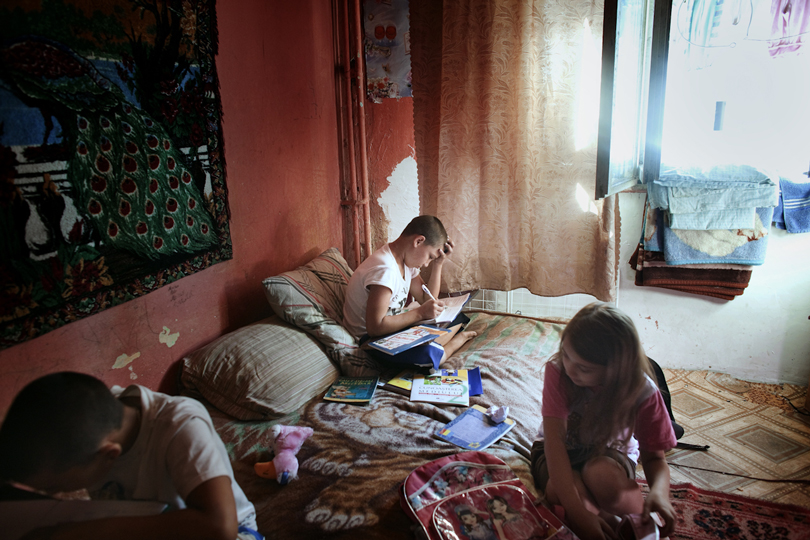 Bild 6 von 10 © Mugur Varzariu/Freier Fotograf
Bild 6 von 10 © Mugur Varzariu/Freier Fotograf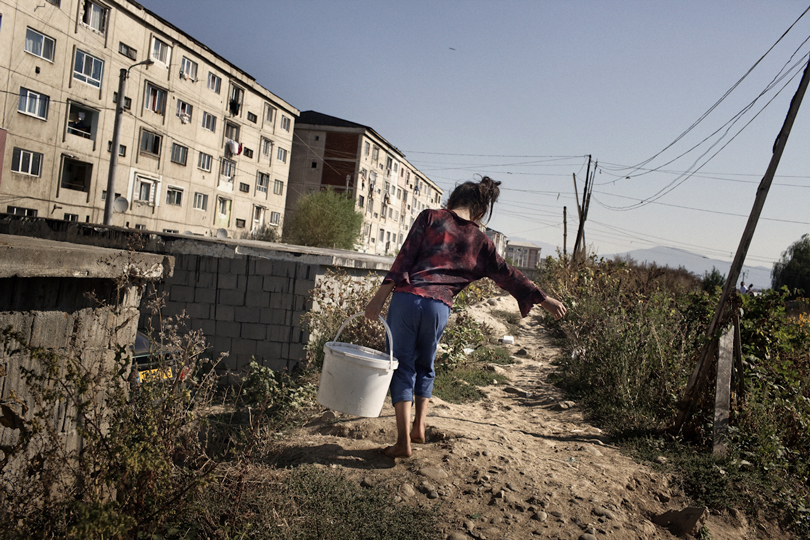 Bild 7 von 10 © Mugur Varzariu/Freier Fotograf
Bild 7 von 10 © Mugur Varzariu/Freier Fotograf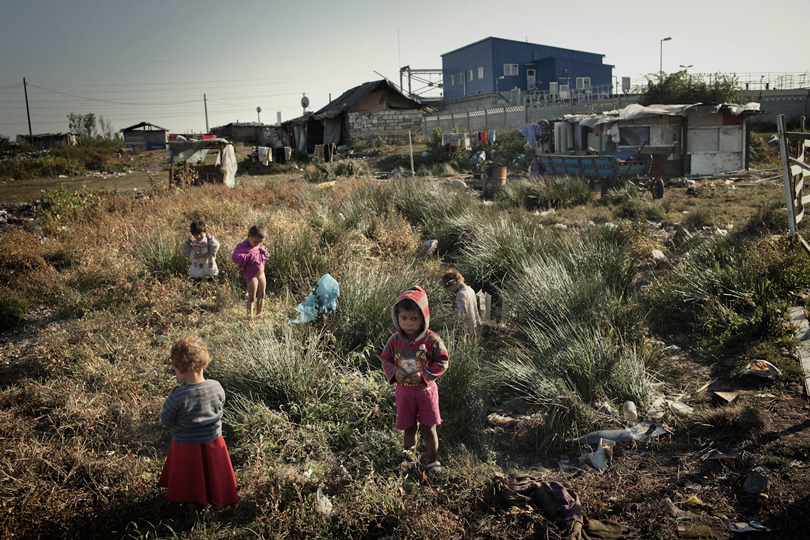 Bild 8 von 10 © Mugur Varzariu/Freier Fotograf
Bild 8 von 10 © Mugur Varzariu/Freier Fotograf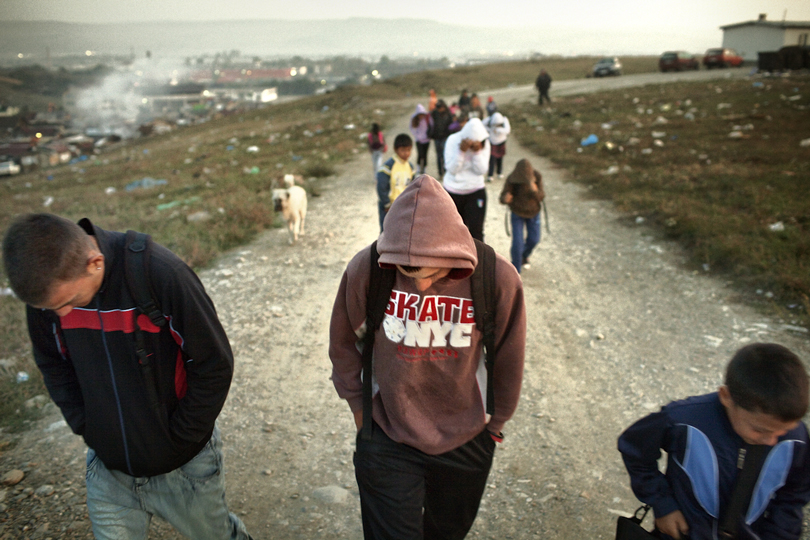 Bild 9 von 10 © Mugur Varzariu/Freier Fotograf
Bild 9 von 10 © Mugur Varzariu/Freier Fotograf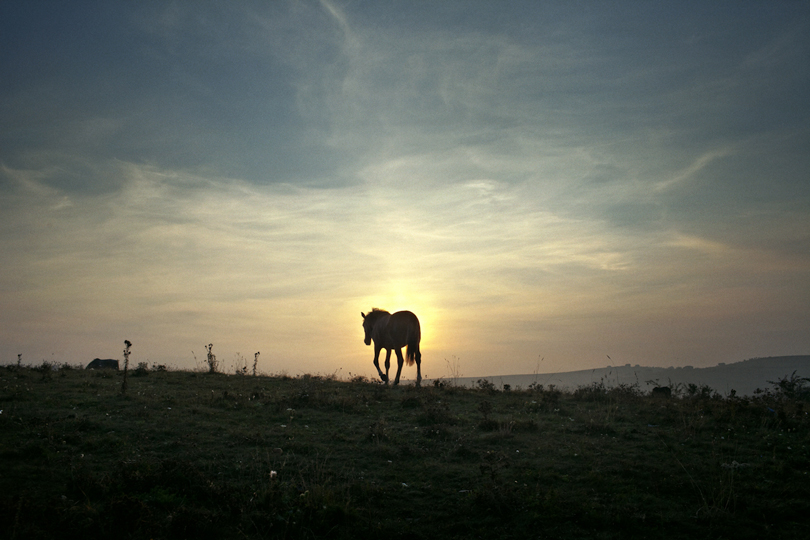 Bild 10 von 10 © Mugur Varzariu/Freier Fotograf
Bild 10 von 10 © Mugur Varzariu/Freier Fotograf
Es gibt einen eklatanten Gegensatz zwischen der sozialen Wirklichkeit und der Rechtssicherheit, festgelegt in der rumänischen Verfassung von 1991, die allen Rumänen Rechtsgleichheit „ohne Unterschied der Rasse, der Nationalität, der ethnischen Herkunft, der Sprache, der Religion, des Geschlechts, der Meinung, der politischen Zugehörigkeit, des Vermögens oder der sozialen Herkunft“ zusichert.
Biografie: Mugur Varzariu
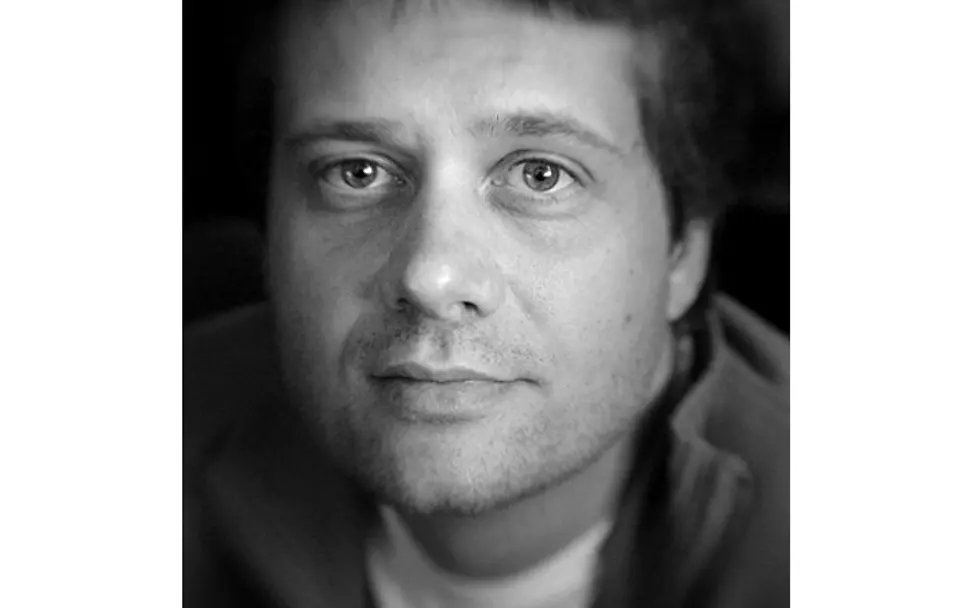
With a very successful career in strategic marketing and brand management, working for some of the most important companies in Romania, in 2010 I decided it was time for a change in order to find more than just professional accomplishments.
I chose photography and due to my ambition and dedication in less than a year my work has been internationally recognized and I became a stringer for some of the most important press agencies (Associated Press, Mediafax and IntactImages).
Photography became a new means of expressing my social activism. Therefore in my projects I approached some of the intriguing aspects of living in today’s Romania, in an attempt to raise awareness and increase social responsibility among institutions and individuals.
Experience
- Abandon Valley – a project dedicated to the community set in place by Father Tanase in Valea Plopului to offer shelter to abandoned children and expecting mothers, single women who come in shame, fleeing!social ostracism and often violence because they are pregnant and unmarried.
- Legal Death – a project aiming to raise awareness on the extreme danger of the so-called legal drugs;
- Deadly Raid - I covered for Associated Press the Istanbul protests following the deadly raid which killed nine turkish citizens aboard the Gaza-bound aid flotilla;
- Faith – a visual project on religion in Romania, aiming to emphasize the beauty and diversity of beliefs;
- Roma Exodus – I was one of the few defending roma rights during the expulsions from France and I followed them with my camera. Some of my images opened a video interview with Mr. George Soros on the issue;
- Survivors (jewish survivors of the Romanian pogrom), Hindu-Muslim reconciliation
- (Ahmedabad, India) - for Le Monde des Religions
- Back to School (a project for UNICEF on the importance of school and preventing
- abandonment);
- Arab Revolution (Tunisia, Syria, Egypt) - uprising in the middle east (exhibition for UNHCR);
- Streets Shadows - prostitution in a country where prostitution is illegal...
- The Wall - the mayor of Baia Mare, following a segregation proposal made by the former mayor, built a wall to separate the romas from the rest of the community.
- We are no Angels - a story about a kid that ended up in youth reeducation center as a result of being left behind by his mother when she left the country in search of a better life;
- Shock Wave - Tokyo after the nuclear event at Fukushima;
- 50 Steps - my personal encounter with Dalai Lama
- My Home - a story on roma people living in informal settlements facing the danger of forced evictions (Amnesty International).
Achievements
- I received the CNN iReport Award - 2010
- I was selected by editor Daphne Angles (The New York Times) at the second edition of the Canon Editor’s Choice contest, Photojournalism section (2010) and by Alexia Singh (Solitude) in 2011
- Assignment for: Le Monde, Amnesty International.
- Stories published by Photo Magazine, Jurnalul National and CNN (receiving international
- coverage).
Exhibitions
- June 20, 2011 - exhibition for UNHCR, marking the World Refugee Day and the 60th
- Anniversary of UNHCR
- September 2, 2011 - evening screening at Visa Pour l’Image (Perpignan, France) - my work on recent uprising events in Syria.
- upcoming - IMADR (International Movement against discrimination and Racism) - exhibition marking the Human Rights Day, Tokyo - december 2011.
- 2. Platz: JM Lopez – Guatemala: Gezeichnet durch chronische UnterernährungIn seiner Fotoserie zeigt der spanische Fotograf JM Lopez die verherrenden Folgen von Unterernährung bei Kindern in Guatemala
- 3. Platz: Mary F. Calvert - Nigeria: Polio – einen Schritt nach vorn, zwei zurückIn ihrer Fotoserie zeigt Mary F. Calvert welche Auswirkungen Desinformationen über Imfpungen auf die Gesundheit von Kindern in Nigeria haben kann.
- Ehrenvolle ErwähnungenNeben den ersten drei Plätzen zeichnete die unabhängige Expertenjury sechs Fotografen mit Ehrenvollen Erwähnungen aus. Die Reportagen zeigen Kinder aus Russland, Somalia, Nordkorea, Pakistan, Rumänien und den USA.